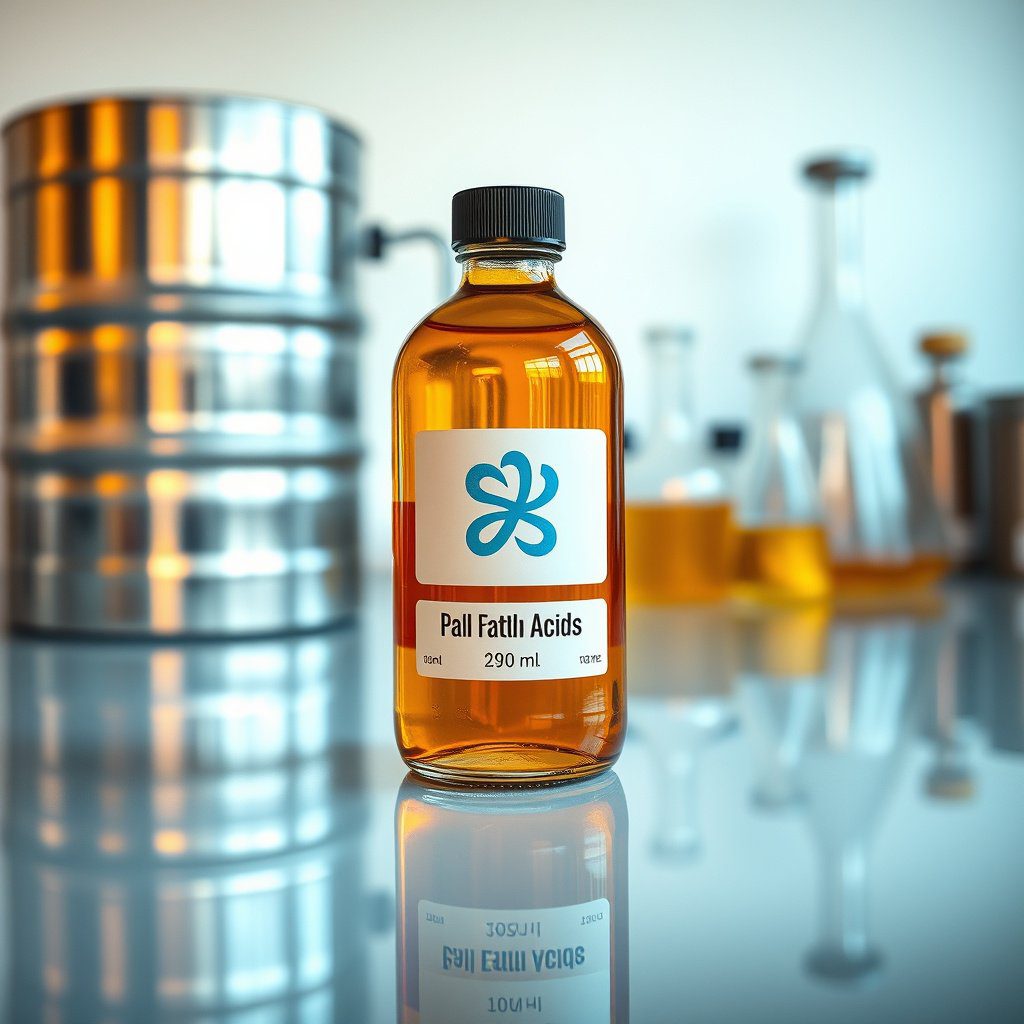Glycerin Supply Trends Overview
The glycerin market has experienced significant shifts in supply trends over recent years. With a focus on sustainability and renewable resources, the demand for crude glycerin has surged, attributed to its versatile applications across various industries such as pharmaceuticals, cosmetics, and food production. Understanding these trends is essential for manufacturers, distributors, and exporters, particularly for companies like Diplomata, which positions itself as a leading supplier in the United States.
Factors Influencing Glycerin Supply
Several factors contribute to the dynamics of glycerin supply trends. The rise in biodiesel production, which generates crude glycerin as a byproduct, plays a crucial role in increasing availability. Additionally, fluctuations in raw material costs, regulatory changes, and advancements in glycerin extraction technologies impact supply levels. By closely monitoring these factors, Diplomata ensures a steady and reliable supply chain to meet high-demand exports.
Market Demand for Crude Glycerin
The demand for crude glycerin has been on an upward trajectory, driven by its multifaceted applications. Industries such as personal care and pharmaceuticals utilize glycerin for its moisturizing properties and as a solvent. Furthermore, the food industry employs glycerin as a sweetener and preservative. This diversified demand underscores the necessity for suppliers like Diplomata to adapt to changing market needs and consumer preferences.
Geographical Trends in Glycerin Supply
Geographical supply trends in the glycerin market reveal significant variations based on regional production capabilities and demand patterns. The United States remains a prominent market, supported by local biodiesel production facilities and a robust consumer base. In contrast, countries in Europe and Asia are also emerging as key players. Diplomata strategically positions itself to tap into these varying geographic markets, enhancing its export capabilities across borders.
Impact of Regulatory Policies
Regulatory policies significantly influence glycerin supply trends, especially concerning environmental standards and product quality. Stricter regulations on biodiesel production and glycerin processing can lead to supply constraints, affecting overall availability. Diplomata stays abreast of these regulations to ensure compliance while maintaining a competitive edge in the glycerin market.
Sustainability in Glycerin Production
Sustainability is a pivotal theme in current glycerin supply trends. Manufacturers are increasingly adopting eco-friendly practices to produce glycerin, reducing their carbon footprint. By leveraging sustainable resources, Diplomata not only aligns with global sustainability goals but also appeals to environmentally conscious consumers and businesses, thus enhancing its market position.
Technological Advancements in Glycerin Extraction
Technological advancements have revolutionized glycerin extraction processes, improving yield and efficiency. Innovations in enzymatic and chemical extraction methods contribute to higher purity levels and reduced production costs. Diplomata leverages these technological advancements to optimize its production processes, ensuring the delivery of high-quality crude glycerin to its customers.
Competitive Landscape in the Glycerin Market
The glycerin market is characterized by intense competition, with multiple suppliers vying for market share. Understanding the competitive landscape is crucial for any manufacturer seeking to excel. Diplomata’s extensive experience, coupled with its commitment to quality and customer service, positions it favorably against competitors in the U.S. market.
Future Outlook for Glycerin Supply Trends
The future of glycerin supply trends appears promising, with ongoing innovations and growing demand anticipated across various sectors. As the market evolves, suppliers must remain agile and responsive to changes. Diplomata’s proactive strategies in production and distribution will ensure it remains at the forefront of the crude glycerin supply chain, ready to meet the demands of an expanding market.


